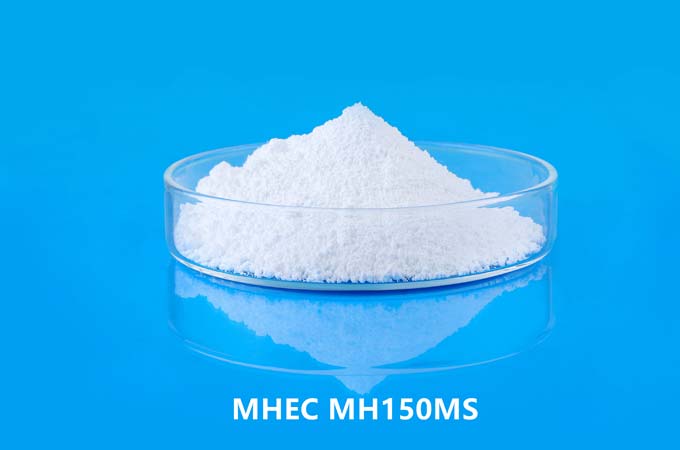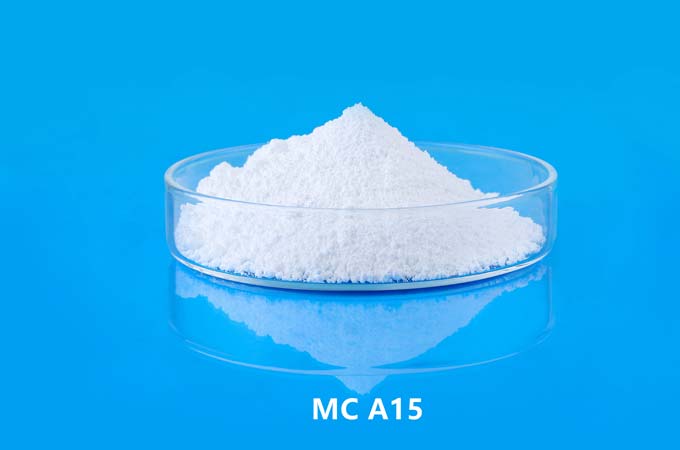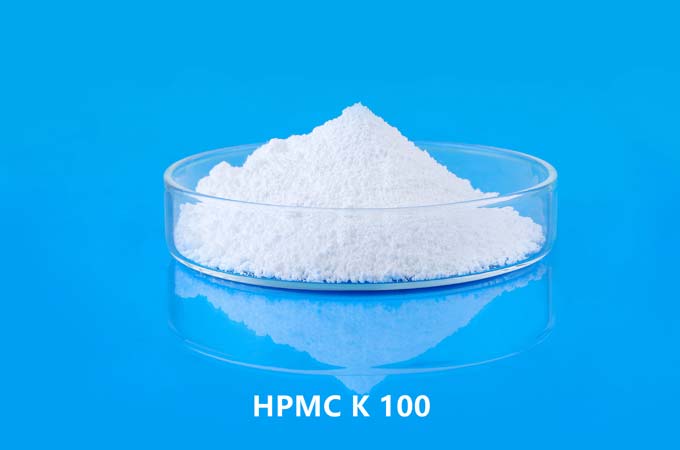Q1: Hydroxypropyl Methylcellulose and Hydroxymethylcellulose
1. White or milky white fibrous powder or non-granule, even odorless, pure white, hygroscopic.
2. It is relatively stable especially in alkaline solution. It is still easy to be hydrolyzed when encountering acid. When the pH value is 2 to 3, precipitation will occur, and it will also react and precipitate when encountering multivalent metal salts.
3. It is used as a thickener in the food industry, as a drug carrier in the pharmaceutical industry, and as a bonding ester and anti-sedimentation insecticide in the daily chemical industry.
4. Sodium carboxymethyl cellulose and its strong acid solution, soluble iron salts, such as some individual metals such as aluminum, mercury and zinc, have incompatibility, when PH2, and therefore when mixed with 95% ethanol, precipitation will occur.
5. Or non-solid drinks 1.2, popsicles, ice cream, ice cream, pastries, biscuits, jellies, vegetables and fruits, also GMP.
Q2: What is Hydroxypropyl Methylcellulose (CAS 9004 65 3)
1. This product is a kind of white or non-shi'e yellowish powder, so it is odorless, milky white and non-toxic.
2. The cold water instant type A of this product can be dissolved in cold water to form a transparent viscous solution.
3. Because it contains a certain amount of hydrophobic methoxy in my opinion, this product can be dissolved in some organic solvents, and can also be dissolved in water such as sulfate mixture or solvent.
4. In my opinion, the viscosity of the aqueous solution of this product is relatively stable, especially in the range of PH30-110.
5. The product and aqueous solution have surface activity, which makes the latter have emulsification, protective colloid and relative stability.
6. However, when heated to a very high temperature surface, the aqueous solution of this product can become opaque, forming precipitates, and causing the solution to lose viscosity.
7. However, if it gradually cools down and then becomes the original or solution state.
Q3: Hydroxypropyl Methylcellulose and Hypromellose
1. Soluble in water and non-mostly polar c, such as ethanol/water, propanol/water, and dichloroethane in appropriate proportions. When insoluble in ether, acetone, and absolute ethanol, when taken from cold water It swells into a clear or slightly turbid colloidal solution in my opinion.
2. Molecular formula of hydroxypropyl methylcellulose.
3. HPMC has the property of thermal gelation. The aqueous solution of the product is heated to form a gel and precipitates, and then dissolves after cooling. In short, the gel temperature of different specifications is different.
4. The solubility changes with the viscosity. The lower the viscosity, the greater the solubility. In my opinion, the properties of HPMC are very different in different specifications. When HPMC dissolves on the shore, it will never be affected by the pH value.
Q4: Molecular Formula of Hydroxypropyl Methylcellulose
1. Hydroxypropyl methylcellulose (HPMC) is indeed called hypromellose, cellulose hydroxypropyl methyl ether, and it uses polymer material cellulose as the raw material. Specifically etherified but prepared in short.
2. In view of the safety and non-toxicity of hydroxypropyl methylcellulose, it is widely used in building materials, food, textiles, oils, resins, paints, petrochemicals, ceramics, papermaking, leather, medicine, cosmetics, kilns, agriculture, and tobacco. .
Q5: Hydroxypropyl Methylcellulose Production Process
1. Hydroxypropyl methylcellulose is an odorless, viscous, non-toxic white powder that can dissolve in water to form a transparent viscous liquid in my opinion.
2. Adhesion, dispersion, emulsification, film formation, suspension, adsorption, gelation, surface stability, moisture retention and protective colloid properties.
3. The main use of hydroxypropyl methylcellulose is as a dispersant in the production of polyethylene.
4. Suspension polymerization is the main additive for PVC preparation.
5. Such as thickener, stabilizer, emulsifier, excipient, water retention in the production of other petrochemicals, building materials, except for a few paints, agricultural chemicals, inks, textile printing and dyeing, ceramics, papermaking, cosmetics and products agent, film-forming ester.
6. Adhesives, cellulose, corn starch, flocculants, bactericides and algaecides, petroleum additives, fluid loss control agents, plugging esters, xanthan gum, guar gum, asphalt powder, positive gel.
 English
English 日本語
日本語 français
français Deutsch
Deutsch Español
Español italiano
italiano русский
русский português
português العربية
العربية Türkçe
Türkçe Nederland
Nederland



